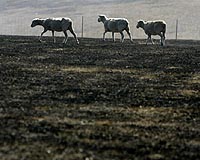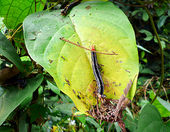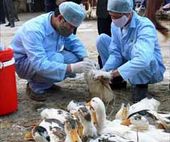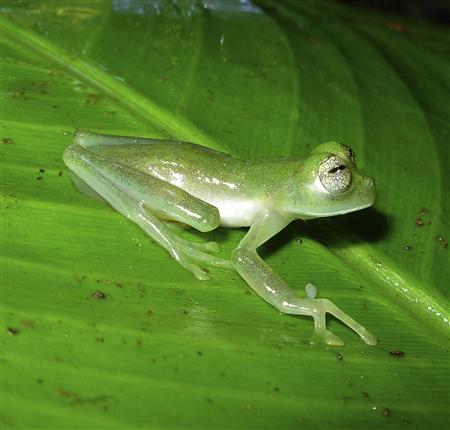
Overlooked amidst the human tragedy, thousands of animals -- kangaroos and koalas as well as cattle and sheep -- also perished in the scorching fires that have swept through southeast Australia.
At least 130 people died in the flames, official figures showed, but nobody was prepared to venture an estimate on the animal losses.
"It's been absolutely devastating," the president of the Wildlife Protection Association of Australia, Pat O'Brien, told AFP.
"We've lost huge numbers of wildlife in the forest. By all reports we've got animals dying even before the flames reach them.
"Kangaroos, wallabies, all the animals that live in the trees -- the possums, koalas -- just gone, it's been a terrible, terrible thing for wildlife, total devastation," he said.
"There have been huge losses of farm animals as well, but those reports are still coming in."






